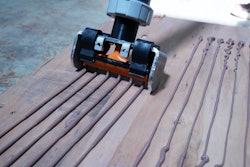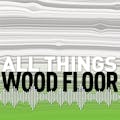The Environmental Protection Agency (EPA) has proposed new rules that would limit how much formaldehyde may be emitted from hardwood plywood, medium-density fiberboard, particleboard and finished goods-including engineered wood flooring-that are sold, supplied, offered for sale, manufactured or imported in the United States.
The rules are a result of the Formaldehyde Standards for Composite-Wood Products Act of 2010, which directed the EPA and other federal agencies to develop means of enforcing the emissions standards. The 2010 law was based on the California Air Resource Board (CARB) model, which aimed to regulate emissions from all sources, including the formaldehyde from resins used to create plywood and engineered wood flooring.
The EPA's standard would set limits on how much formaldehyde may be released by composite wood products. It sets standards for testing, product labeling, chain of custody documentation and enforcement. According to the EPA's description of the regulations, it also includes "protective yet common sense exemptions from some testing and recordkeeping requirements for products made with no-added formaldehyde (NAF) resins."
The rules would also create a framework for a third-party certification system. The third parties would be responsible for auditing composite wood panel producers, conducting formaldehyde emissions tests and ensuring manufacturers' quality control procedures comply with the Toxic Substance Control Act Title VI regulations.
More information on the rules, including background and a full fact sheet, is available here.























